Record numbers of people are leaving Cuba amid most severe economic crisis since the 1990s
James Clifford Kent adds to the worldwide debate on how best to deal with migration by explaining why Cuba is seeing a huge number of people leaving the island country as they search for better economic prosperity

Your support helps us to tell the story
From reproductive rights to climate change to Big Tech, The Independent is on the ground when the story is developing. Whether it's investigating the financials of Elon Musk's pro-Trump PAC or producing our latest documentary, 'The A Word', which shines a light on the American women fighting for reproductive rights, we know how important it is to parse out the facts from the messaging.
At such a critical moment in US history, we need reporters on the ground. Your donation allows us to keep sending journalists to speak to both sides of the story.
The Independent is trusted by Americans across the entire political spectrum. And unlike many other quality news outlets, we choose not to lock Americans out of our reporting and analysis with paywalls. We believe quality journalism should be available to everyone, paid for by those who can afford it.
Your support makes all the difference.Record numbers of Cubans are fleeing their country as the island suffers its worst socio-economic crisis since the collapse of the Soviet Union.
The number of Cubans seeking entry to the US, mostly at the Mexican border, leapt from 39,000 in 2021 to more than 224,000 in 2022. Many have sold their homes at knockdown prices to afford one-way flights to Nicaragua and travel through Mexico to the US.
Cuba’s 11 million inhabitants find themselves in increasingly desperate straits. Internal migration from the poorer provinces has led to overpopulation in the capital Havana. Those for whom the government can’t provide homes live in albergues (precarious abandoned buildings refashioned as temporary homes). Others live in solares (tenement buildings), some at serious risk of collapse.
Acute shortages of food and medicine are a daily reality in a country that’s been ravaged by a US trade embargo since 1962, and strict government control of the economy since 1959. Regular power outages have reminded Cubans of the early 1990s when Soviet subsidies ended as the USSR collapsed, leaving the island struggling.
To survive that “special period”, Cuba became reliant on hard currency earnings from international tourism and nationals working abroad. Both are now much reduced. COVID measures closed the island to foreign tourists and reduced visitor numbers by 75% during 2020.

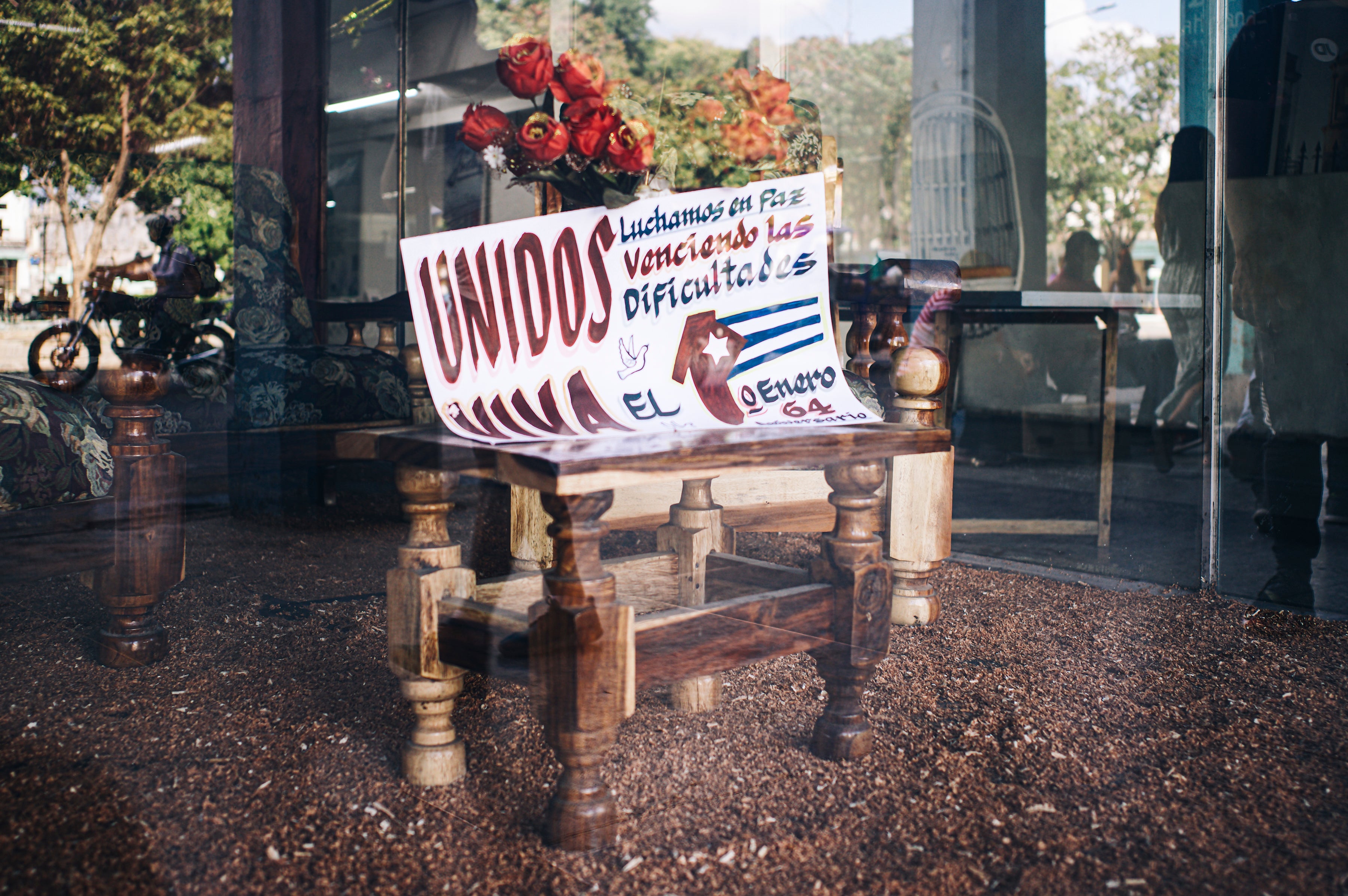
Ill-timed currency reforms, which unified Cuba’s two currencies, in early 2021 created an inflationary shock. Food shortages have sparked a black market boom.
On a recent trip to Cuba, co-author of this piece James Clifford Kent talked to local people and took photographs. Luis Lázaro, a construction worker from Havana, told him: “It’s got really bad. A complete crisis: food, medicine, clothes. If it’s not one thing it’s another. You work non-stop just to make ends meet and sometimes it’s not enough.”
As recently as 2016, after more than half a century of hostilities, US-Cuban relations were coming in from the cold. Barack Obama became the first serving US president to visit the island since Calvin Coolidge in 1928. The Rolling Stones rocked Havana with a free concert.
Packed cruise ships unloaded their passengers at Havana’s harbour, to be whisked off on open-top classic car tours of the capital. Planeloads of foreigners hopped down to Havana to soak up the heady atmosphere, with Rihanna, Beyoncé and Jay-Z among the vanguard of high-profile western visitors. Private enterprise flourished and the spirit of optimism was everywhere.
But Cuba’s economy and relationship with the United States faltered again after Donald Trump was elected in November 2016, just as the island’s revolutionary leader Fidel Castro died. President Trump reinstated longstanding travel and business restrictions.
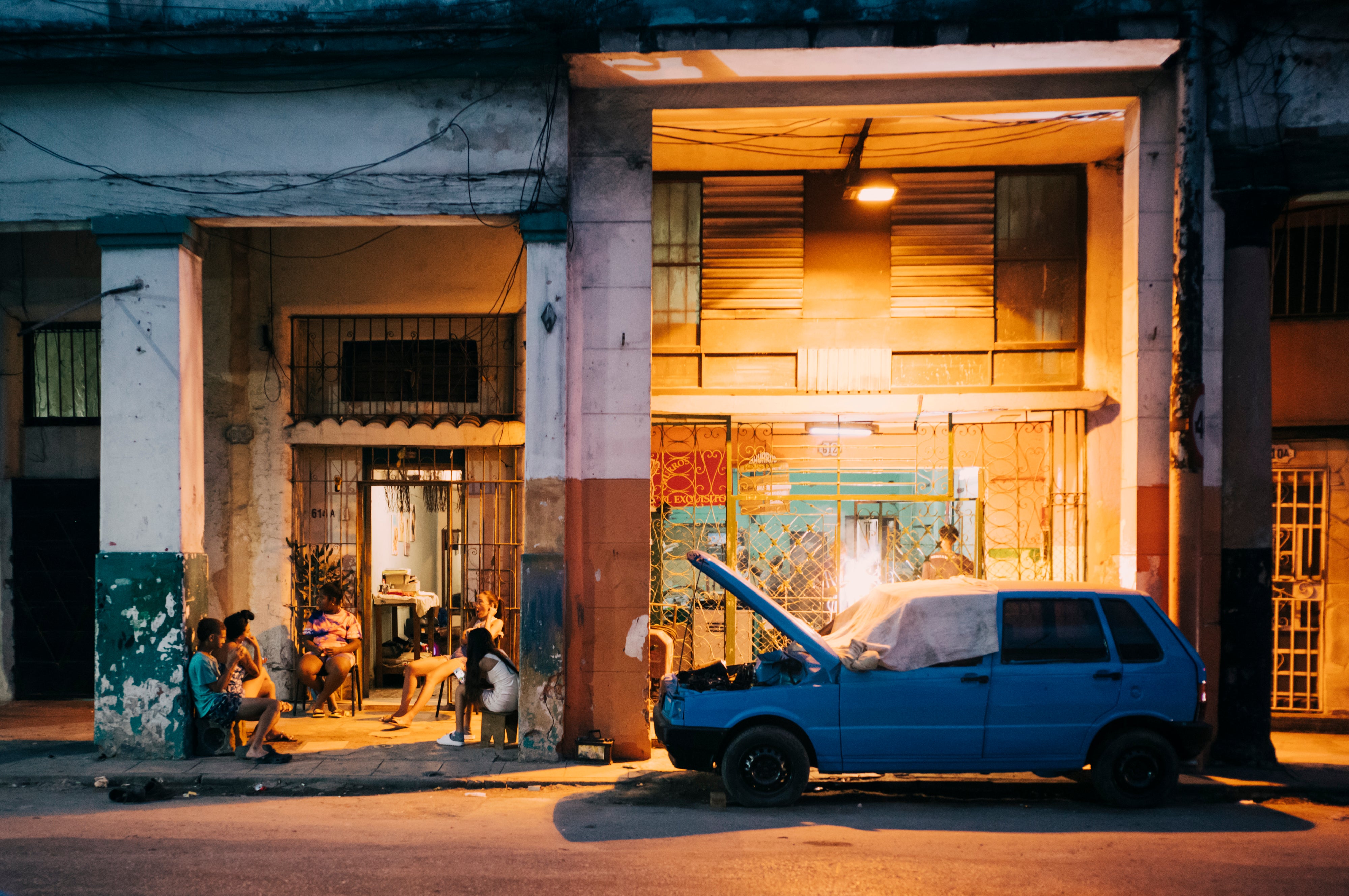
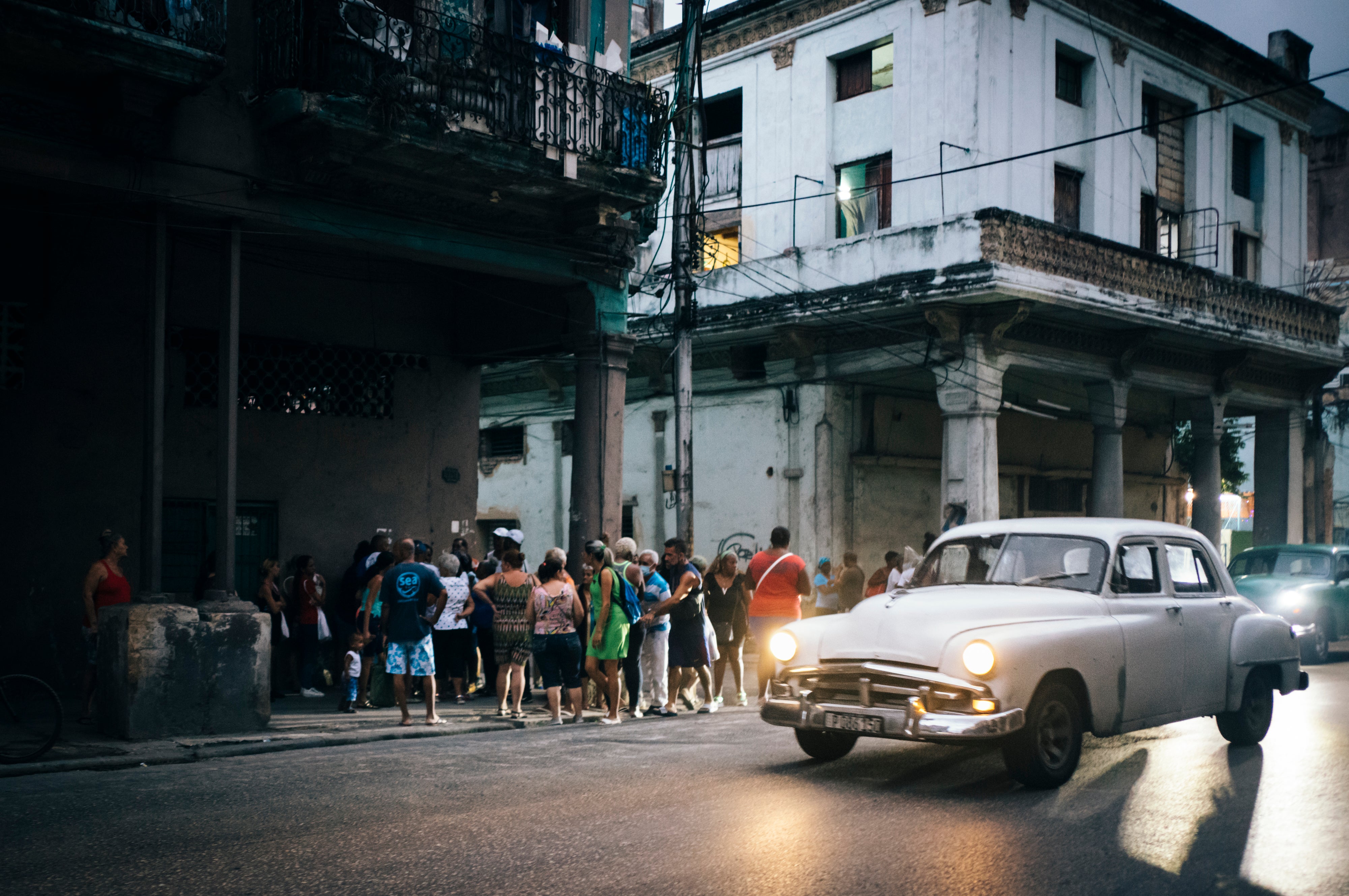
Meanwhile, US diplomats and intelligence officers stationed on the island reported hearing loss, headaches and vertigo in a mysterious outbreak of “Havana syndrome” in late 2016. Washington blamed Cuba and withdrew most of its embassy staff, just two years after both governments had reopened embassies in their respective capitals for the first time since 1961.
One of Trump’s last acts before leaving office in January 2021 was to return Cuba to the list of state sponsors of terrorism, obstructing its access to international finance. Trump had already restricted the remittances that Cuban-Americans could send to the island.
President Joe Biden has now shifted policy again as pressure mounts over increased illegal migration to the United States. He re-opened the US embassy in Havana for visa applications in January 2023, offering some Cubans an official route to emigration.
Cuban resistance
Increased mobile internet access since 2018 and widespread use of social media play significant roles in a new mood among Cubans. The Economist Intelligence Unit describes their double impact: the demand for political and economic liberalisation and accountability has increased, while US sanctions and dissident support have emboldened those hardliners resistant to reform.
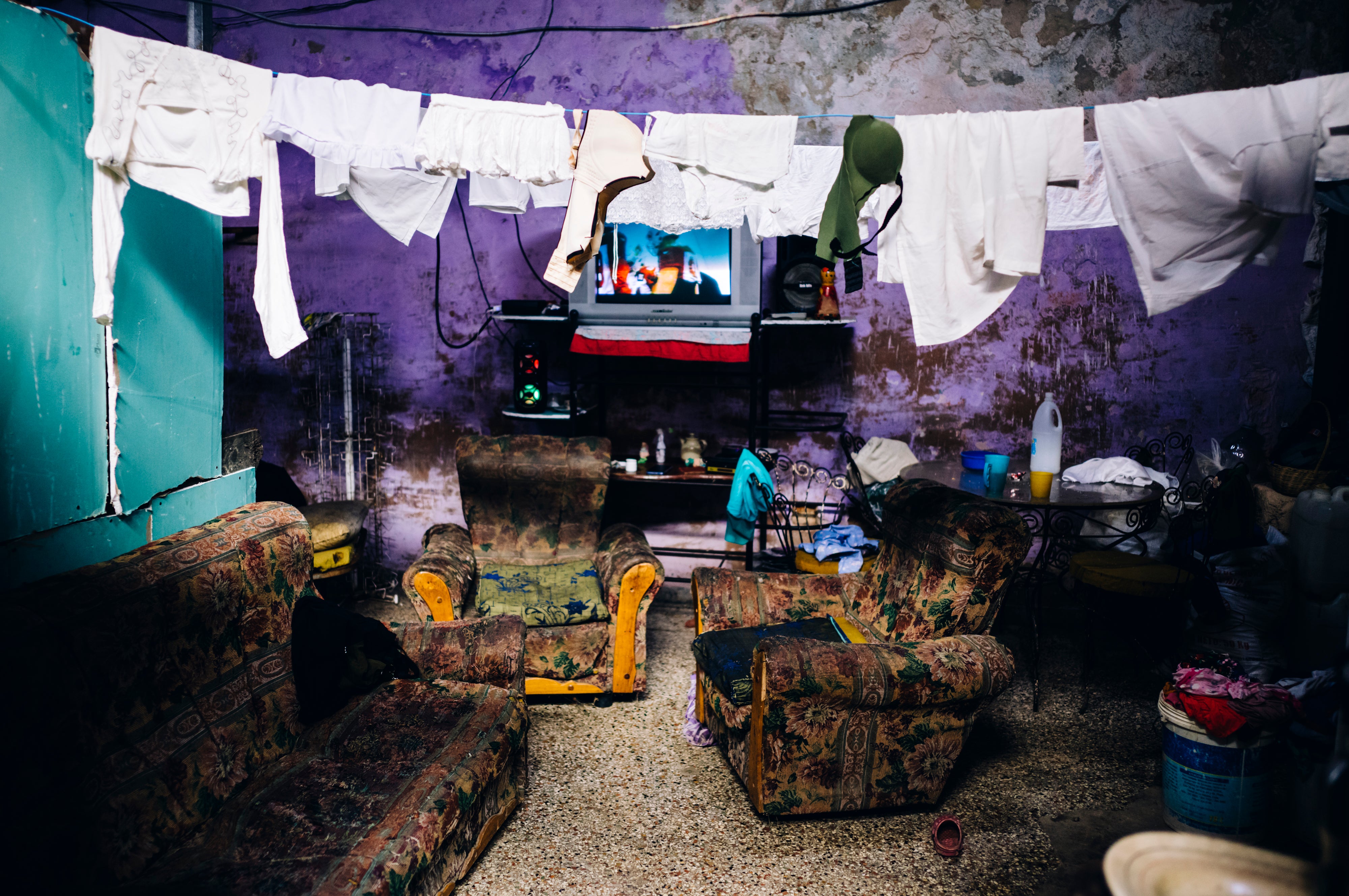

Despite government restrictions and poor infrastructure, 68% of Cubans now have access to the internet. Whatsapp, Instagram and other social networks are much used by Cubans, particularly young people.
Internet access was key to the 2021 Cuban protests when local discontent fuelled by COVID restrictions and widespread shortages resulted in street protests that police quickly suppressed. Many high-profile artists and Cuban bloggers accused by the government of being funded by the United States were detained.
Making a mass exodus
Ana María, a 52-year-old Cuban mother-of-two, described how delinquency and corruption are on the rise. People prefer to sell products on the black market than work for a salary that doesn’t cover basic needs, she said.
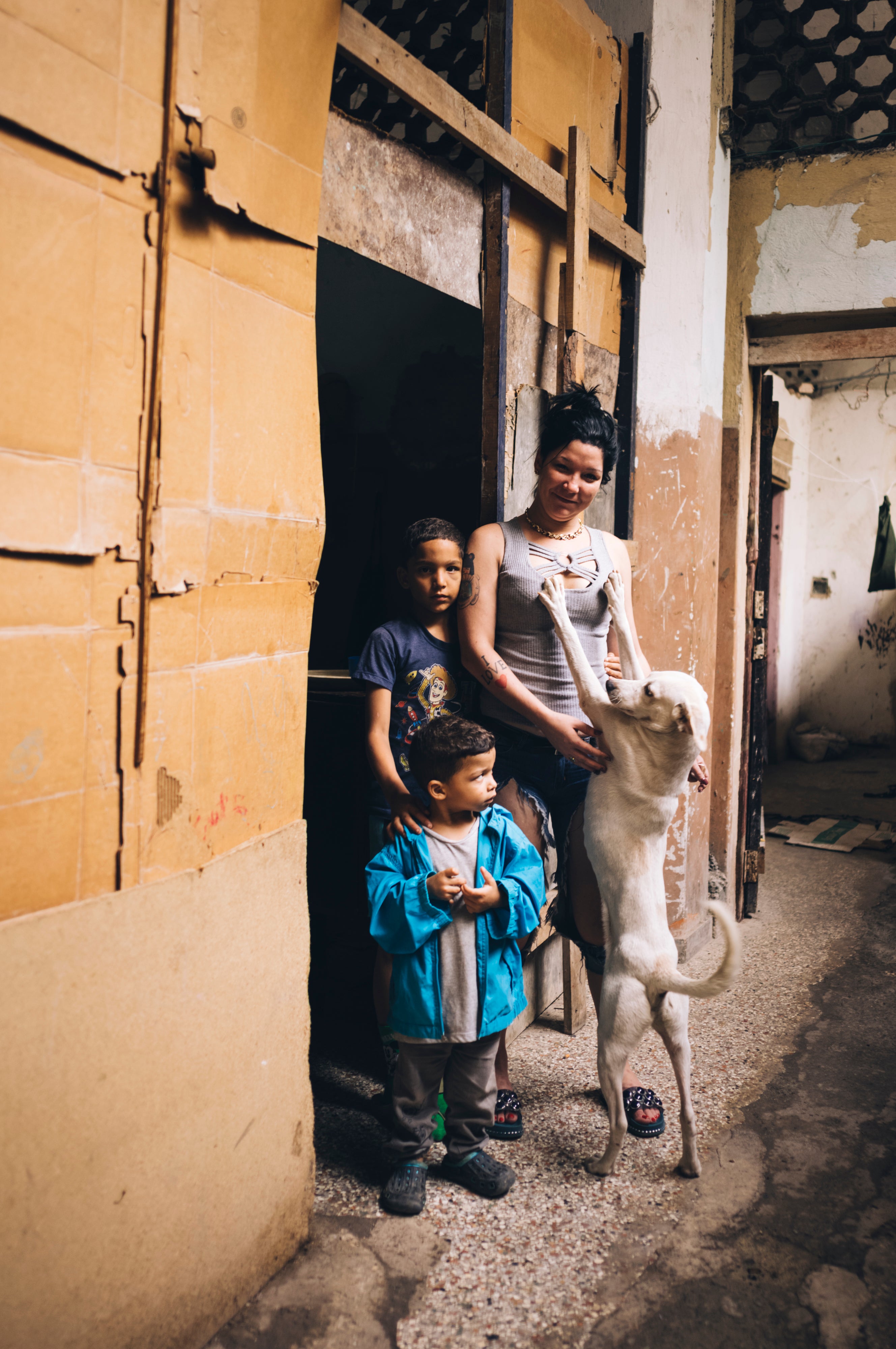
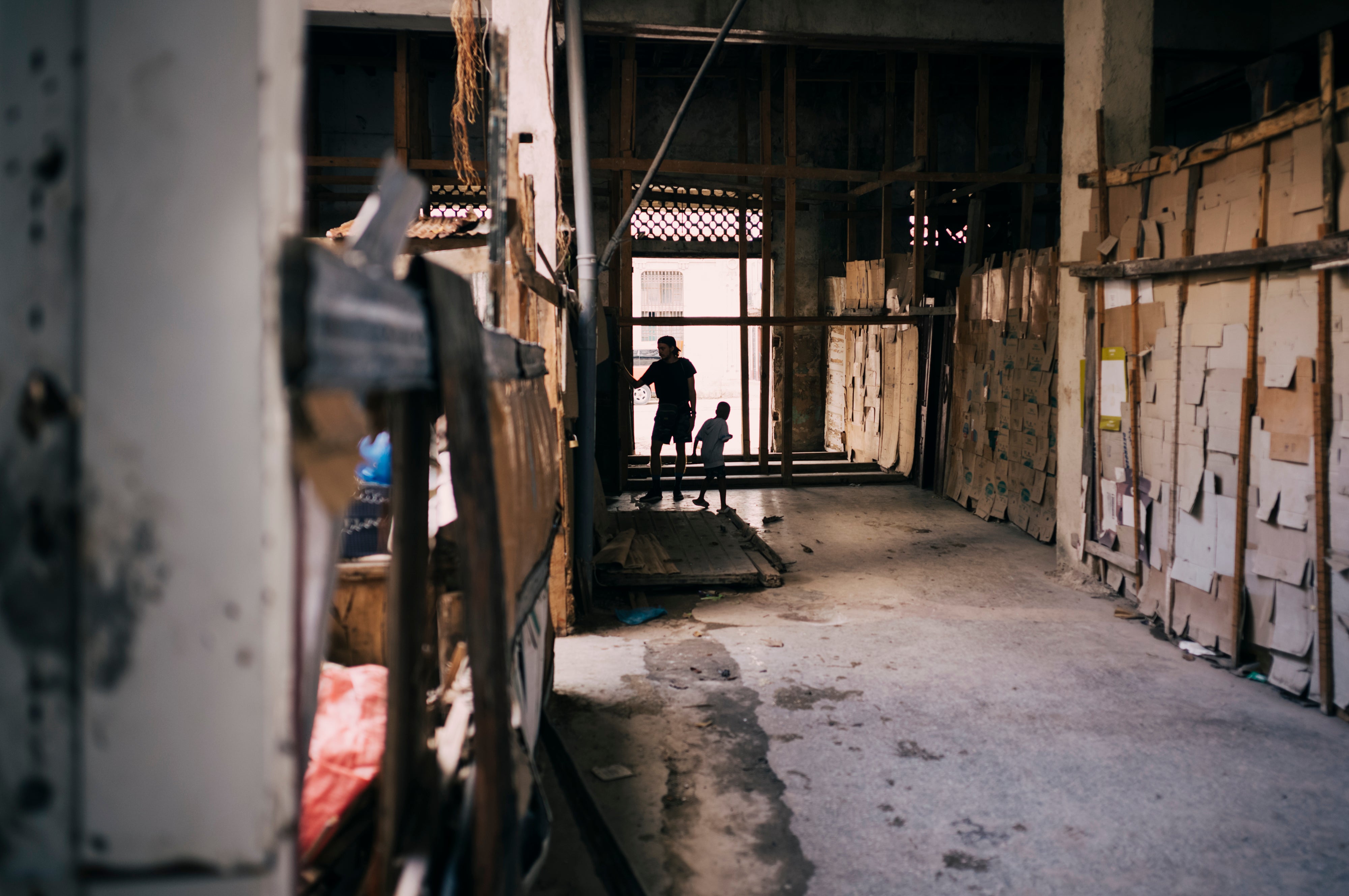
One 29-year-old Cuban artist, who didn’t want to be named, said: “Many of my close friends have joined el rumbo al norte (the route north) in search of socio-economic stability for themselves and their families.”
Cubans’ famed ability to resolver (be resourceful) in the face of immense difficulties is reaching its limit. Hope is fading fast.
After six decades of trade blockades and a rigid socialist model, plummeting living standards have led 2% of Cuba’s population to abandon the island in just one year.
Many more are desperate to follow them.
Some names have been changed and some sources requested anonymity.
James Clifford Kent is a senior lecturer at Royal Holloway, University of London and Christopher Hull is a senior lecturer in Spanish and Latin American Studies, University of Chester.
This article first appeared on The Conversation.
Join our commenting forum
Join thought-provoking conversations, follow other Independent readers and see their replies
Comments